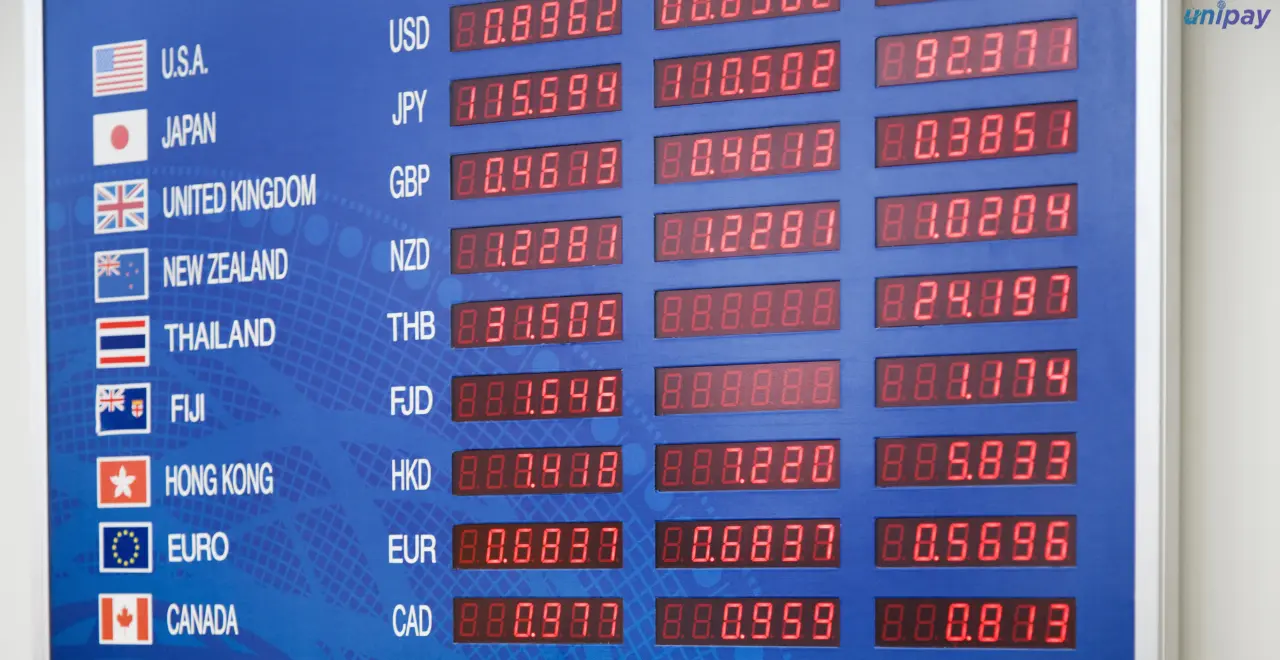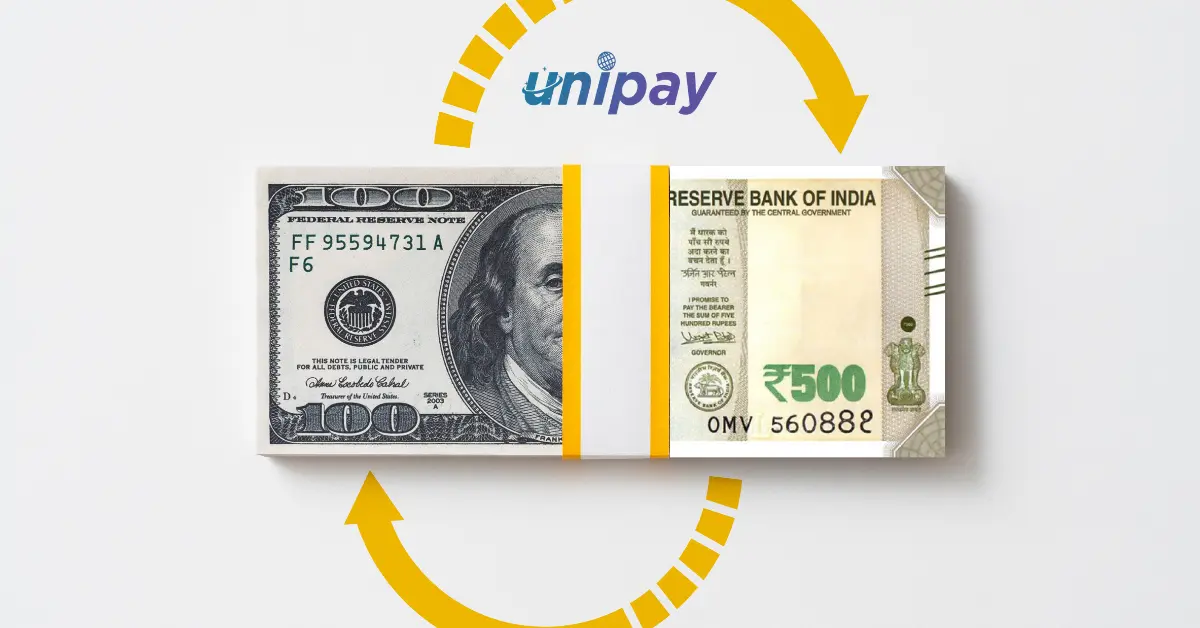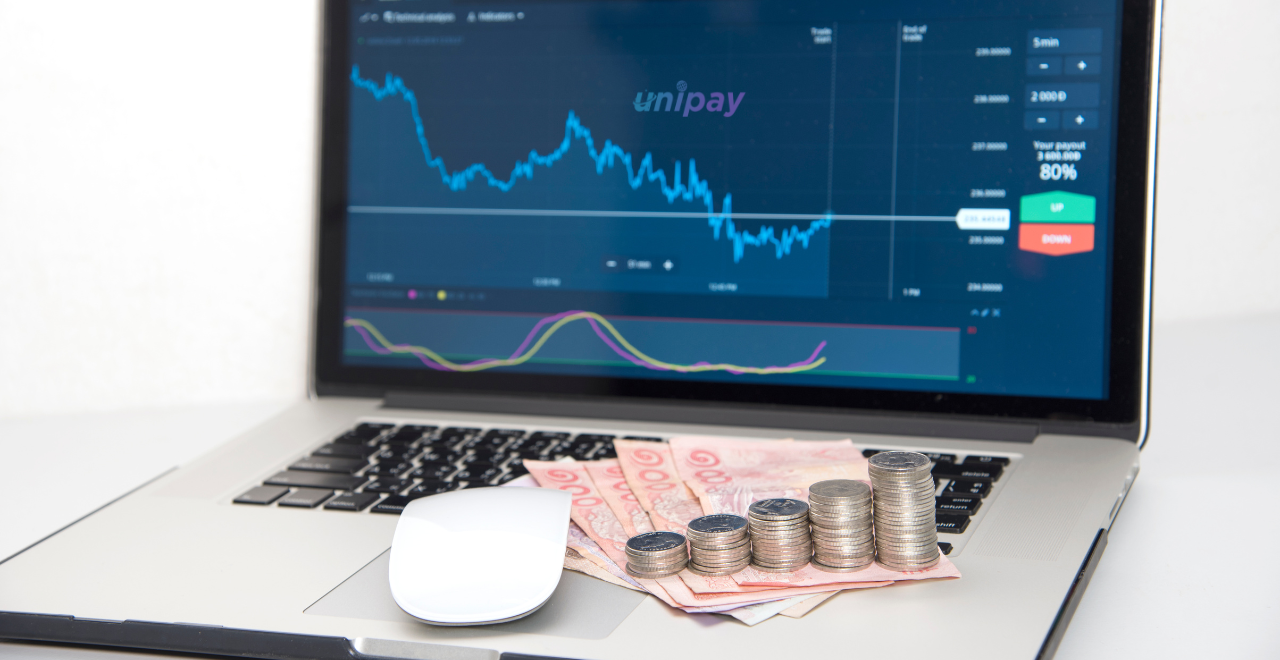To understand how the global economy works and why foreign currency exchange occurs, we must first understand how exchange works and how interest rates affect those processes. Individuals who should be aware of the impact of cross-border trade on global market performance include businesses, stock market investors, and visitors. This guide covers all you need to know about foreign currency exchange rates and their mechanics, from the most fundamental ideas to the more sophisticated aspects that can influence value.
What are Foreign Currency Exchange Rates?
Foreign currency exchange rates make cross-border transactions relatively easy, provide aid for investment decision-making and influence tourism fees. They manage global trade agreements, individual travel and tourism spending and expenditures across borders. At its simplest, a foreign currency exchange rate is the numerical expression of the value of one currency concerning another. For instance, if the exchange rate between the US dollar (USD) and the euro (EUR) is 1.2, it means that one USD can be exchanged for 1.2 euros.
Factors Influencing Exchange Rates
Currency markets can be influenced by factors such as interest rates, inflation, government debt, political stability, trade balance, economic conditions, and speculation. Let’s take a look at them in detail.
- Interest Rates: Elevated interest rates attract foreign investments leading to increased value and demand for the domestic currency.
- Inflation Rates: Countries with negative nominal inflation are most likely to see their currencies strengthen.
- Government Debt: An excessive amount of government debt can weaken the currency largely because borrowers are concerned about repaying the loan.
- Political Stability: Political crises can result in currency depreciation as investors consider other assets to be safer.
- Trade Balance: Nations that run current accounts in surplus usually experience appreciations of their currencies.
- Economic Conditions: Recession proceedings can have a negative impact, such as weak exchange rates due to investors shying away from such economies.
- Speculation: Expectations about the future usually impact the currency markets and cause the current ones to fluctuate.
Types of Exchange Rate: Direct vs. Indirect
Now, let’s review a basic concept of currencies: their value in relation to each other. They are broadly divided into two categories: Direct and Indirect. Every approach has a distinct impact on a currency’s value.
- Direct Exchange Rate: The rate by which one currency is converted to the other currency is called a direct exchange rate. The person who exchanges dollars for euros in the US will pay the amount of dollars which are prescribed by the direct rate of euros on the exchange markets.
- Indirect Exchange: In this method, the value of the home currency is expressed in terms of a foreign currency. For example, the number of euros needed to purchase one dollar in the US would be expressed by an indirect exchange rate for euros. Therefore, an indirect quote for the euro exchange rate may be EUR 0.83/USD, which indicates that it costs 0.83 euros to buy one dollar.
Cross Rates: Understanding the Interplay Between Multiple Currencies
Cross rates, also known as cross currency rates or cross exchange rates, indicate the exchange rates of two currencies based on their rates with a common third currency. Cross-rates enable you to determine the exchange rate between two currencies which do not have a direct quotation against each other.
Applications:
- International Trade: Cross-border traders frequently encounter circumstances where it is impossible to obtain direct exchange rate quotations for the currencies involved in a transaction. These companies can simplify trade transactions by using cross rates to calculate the equivalent worth of products and services in several currencies.
- Foreign Exchange Markets: Cross rates are widely used in the foreign exchange market for speculative trading and arbitrage opportunities. Traders analyse cross rates to identify discrepancies between indirect and direct exchange rates, exploiting potential profit opportunities arising from market inefficiencies.
Investment Portfolios: Investors diversifying their portfolios across multiple currencies rely on cross rates to assess the relative performance of different currency pairs. Cross rates help investors evaluate currency risk and make informed asset allocation and hedging strategies decisions.
Impact of Exchange Rates on Businesses and Individuals
Rates of exchange, in which currency is traded, make a big difference as they guide economic planning, affect financial outcomes, and influence transaction activity every day. Understanding how currency rate movement can affect different areas of business and personal activities is essential for individuals skimming the global market environment.
Businesses:
- Cost of Imports and Exports: Erratic changes in the conversion rates lead directly to price changes in both the importing and exporting of goods and services. A stronger domestic currency will ease the burden of import expenses but may escalate the costs of exports for foreign customers, posing a challenge to competitiveness in the international market.
- Profit Margins: Foreign currency exposure leads businesses with international operations often to suffer from exchange rate volatility, which in turn can substantially reduce profit margins. Exchange rate diversifications may result in wins or losses at the time of reconfiguring currency revenues and expenses to domestic currency.
- Supply Chain Management: The instability of currencies can turn supply chains inside out by affecting the cost and availability of raw materials and components acquired from foreign suppliers. Companies should consider exchange rate risk management as a component of their supply chain planning when trying to avoid disruptions caused by it.
- Investment Decisions: Multinational corporations consider exchange rate dynamics when making investment decisions in foreign markets. Exchange rate fluctuations can affect the profitability of investments, influence capital allocation strategies, and impact overall financial performance.
Individuals:
- Foreign Travel: Exchange rate shifts not only influence the price for trips abroad but tourism costs as well. A more powerful domestic currency will make foreign vacations more affordable for the residents. However, a weaker one may cause the residents to travel less due to the expenses incurred.
- Purchasing Power: People who import goods or services from another country may experience purchasing power changes due to exchange rate movements. The stronger your country’s currency, the higher your purchasing power will be, and vice versa.
- Investments: Exchange rates impact the value of investments denominated in foreign currencies. Foreign exchange affects investors holding foreign assets or participating in international investment markets as foreign currency fluctuations might affect investment profits whenever converted back into the local currency.
Conclusion
Foreign currency exchange rates are significantly influenced by specific elements that cause the disparity for the benefit of order and economic prosperity. Understanding what forms these exchange rate fluctuations can take and how they change due to various dynamic factors will help capital holders and firms make wise choices and take advantage of new opportunities abroad. It does not matter whether you are an experienced investor or a first-time traveller, knowledge of foreign currency conversion rates is an indispensable element in today’s world.




